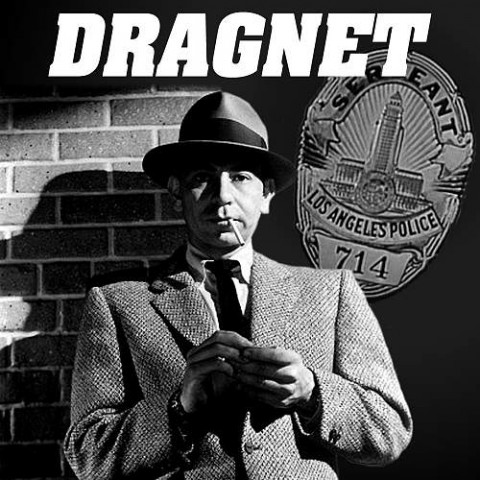We know British filmmaker Christopher Nolan best today for directing the latest trilogy of Batman films, Batman Begins, The Dark Knight, and The Dark Knight Rises. His recent high-profile non-superhero hit Inception made an impressive, if brief, splash as a mainstream brainbender, which, for me, faintly echoed the thrill he sent through the world of crossover independent film with 2000’s backward-told Memento. Yet, if this doesn’t make me too much of an I‑liked-the-early-stuff-cliché, I still think of him most fondly for directing his 1998 feature debut Following, a 16-millimeter, black-and-white, $6000-budget tale of theft, impersonation, and identity shot on the streets of London. (One of the characters breaks into an apartment with a now-striking Batman logo on its door.) But even a project as small-scale as Following has a predecessor, Doodlebug, which you can watch above.
“The depths of insanity are explored by a man chasing something in his apartment with a shoe,” promises the video description of the three-minute Doodlebug. In the center of this shadowy, paranoid tale we have Jeremy Theobald, who would go on to star in Following (and appear as a Gotham Water Board Technician in Batman Begins). Nolan shot it back in his days studying English literature at University College London, a school whose film society he led and which he chose expressly for the availability of its cameras and editing gear. His early, handmade pictures have become even more fascinating to watch in light of his declarations in a DGA Quarterly interview that he far prefers shooting in film to shooting digitally, and that 3D technology hasn’t much impressed him. But he hardly disdains spectacle, and the article contains a good deal of talk about how he uses CGI and crafts action sequences. Over the years, Nolan’s core enthusiasms seemingly haven’t changed; even Doodlebug, especially by student-film standards, has some pretty cool special effects.
Related Content:
The Dark Knight: Anatomy of a Flawed Action Scene
Slavoj Žižek’s Pervert’s Guide to Ideology Decodes The Dark Knight and They Live
The First Films of Great Directors: Kubrick, Coppola, Scorsese, Tarantino & Truffaut
Colin Marshall hosts and produces Notebook on Cities and Culture and writes essays on literature, film, cities, Asia, and aesthetics. He’s at work on a book about Los Angeles, A Los Angeles Primer. Follow him on Twitter at @colinmarshall.



